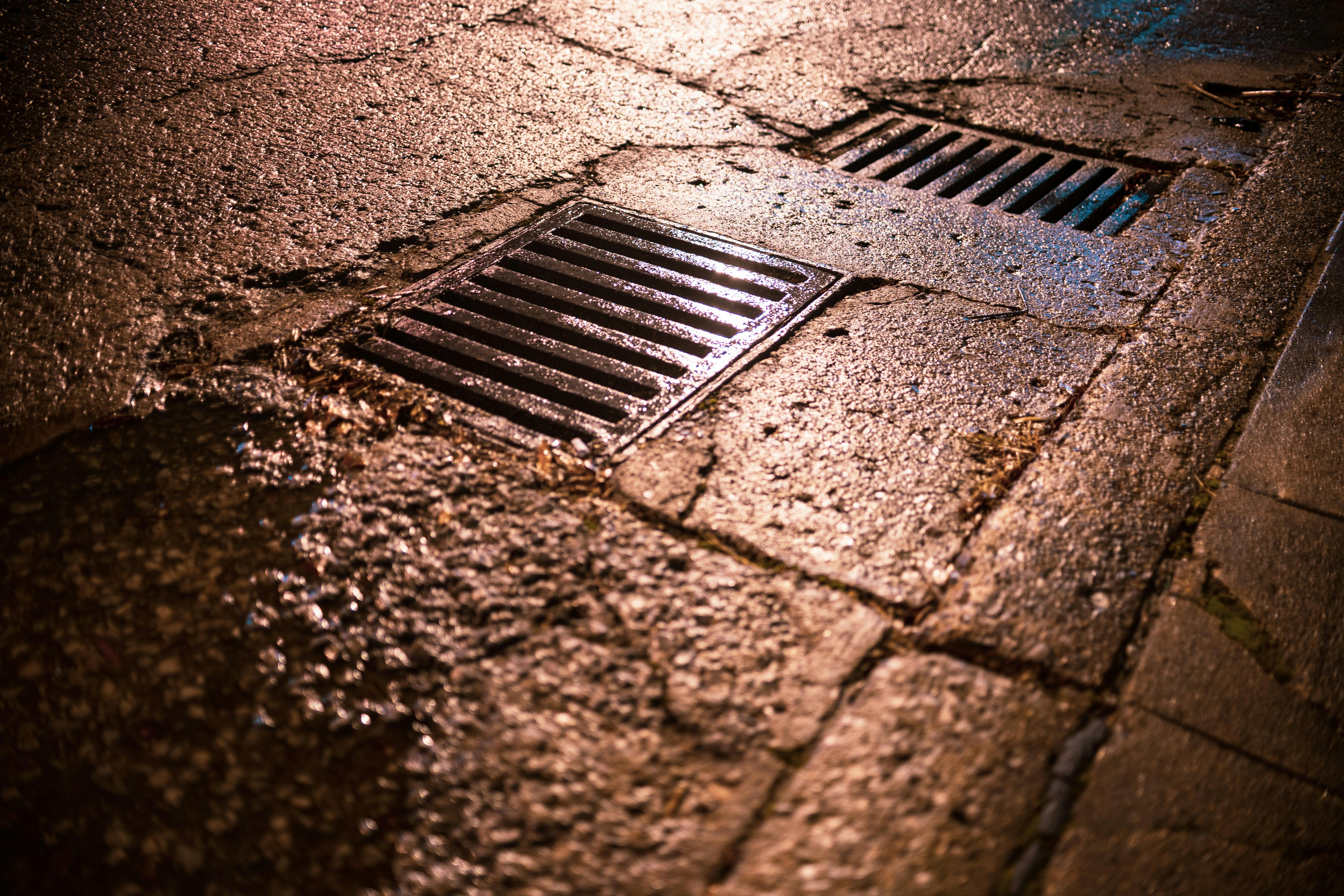Contact Us
RoadVision AI
Private Limited
Office No. 308 & 310, B Block
Ansal Chamber - 1, Bhikaji Cama Place,
Near Engineers India Limited (EIL) Bhawan, New Delhi - 110066
© 2024 | RoadVision AI | All rights reserved
Proper road surface drainage is critical to ensuring the durability and safety of road infrastructure. The IRC Code 38:1988, titled "Guidelines for Design of Surface Drainage for Highways", provides comprehensive instructions for designing effective surface drainage systems. This blog explores the essential principles, design considerations, and practical applications outlined in IRC 38:1988, offering valuable insights for civil engineers and road planners.

Surface drainage plays a vital role in road construction by:
IRC Code 38:1988 lays down systematic methods to achieve efficient drainage systems, ensuring long-term road performance.
The IRC Code emphasizes designing systems that facilitate the rapid removal of surface water. The guidelines recommend:
The document classifies drainage structures into:
IRC Code 38:1988 highlights the need to analyze rainfall patterns, runoff coefficients, and soil characteristics when designing drainage systems. Factors such as:
are used to calculate the expected runoff and design appropriate drainage systems.
The IRC Code specifies optimal camber slopes based on the type of road surface:
The guidelines recommend the use of durable and erosion-resistant materials for constructing drainage systems. Common materials include:
Regular inspection and cleaning of drainage systems are critical for their efficiency. The IRC Code advises periodic removal of debris, repair of damaged drains, and proper upkeep of vegetation near road shoulders.
While the IRC Code 38:1988 provides comprehensive guidelines, challenges such as inadequate funding, improper maintenance, and unplanned urbanization often hinder effective drainage implementation. Engineers must address these issues to ensure compliance and sustainability.
The IRC Code 38:1988 is a vital reference for designing effective surface drainage systems for highways. By adhering to its principles, engineers can mitigate water-induced road damages, enhance traffic safety, and extend the lifespan of road infrastructure.
At RoadVision AI, we integrate cutting-edge technology with IRC Code standards to optimize road design and drainage systems. RoadVision AI is revolutionizing road infrastructure development and maintenance by leveraging cutting-edge AI in road safety and computer vision technology. Through advanced digital twin technology, the platform performs comprehensive road safety audits, enabling early detection of potholes, cracks, and other surface issues, ensuring timely repairs and improved road conditions. It also enhances traffic surveys by providing data-driven insights to address challenges like traffic congestion and optimize road usage. With a focus on building smart roads, RoadVision AI ensures full compliance with IRC Codes, empowering engineers and stakeholders to reduce costs, minimize risks, and improve the overall road safety and transportation experience.